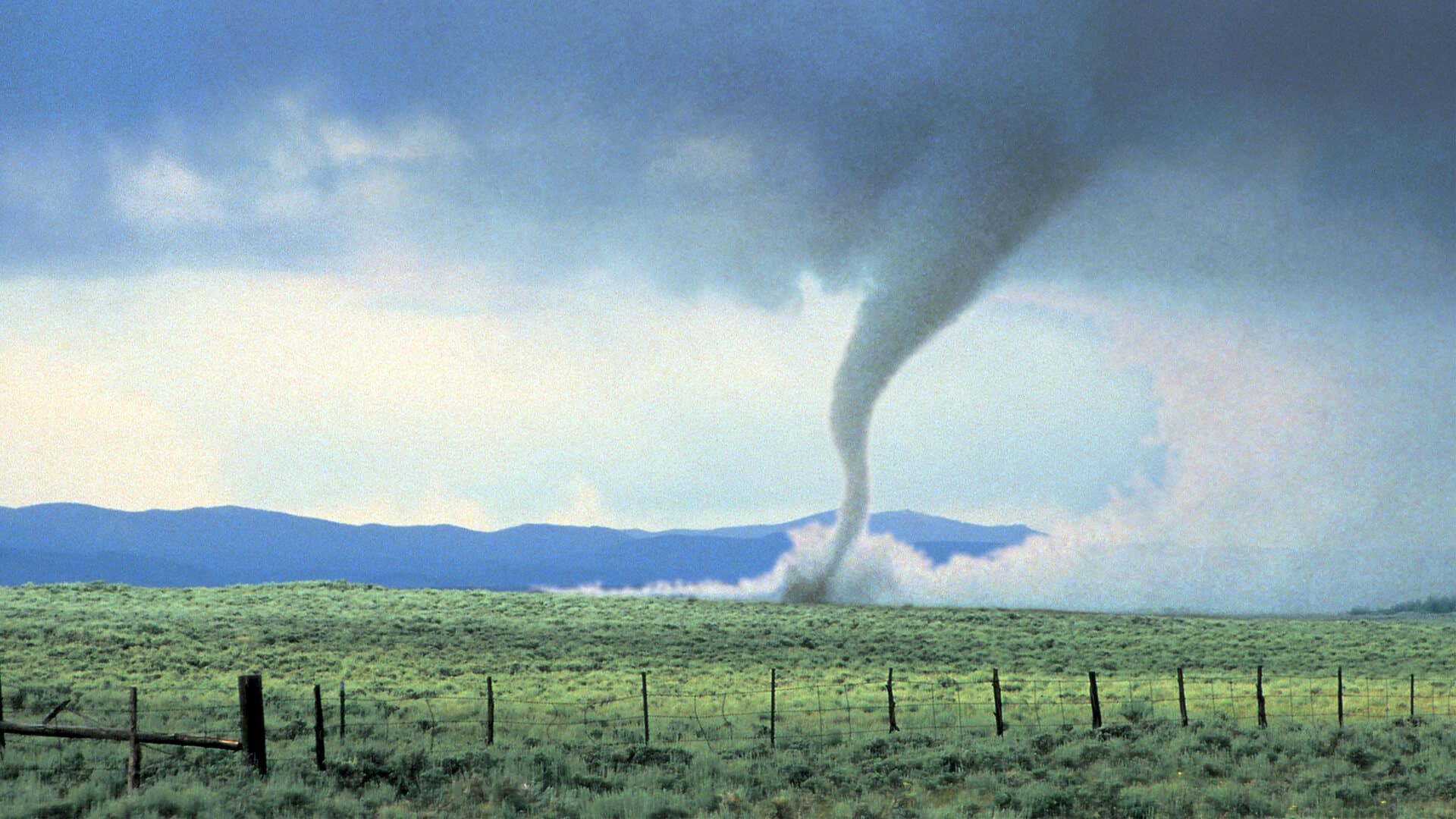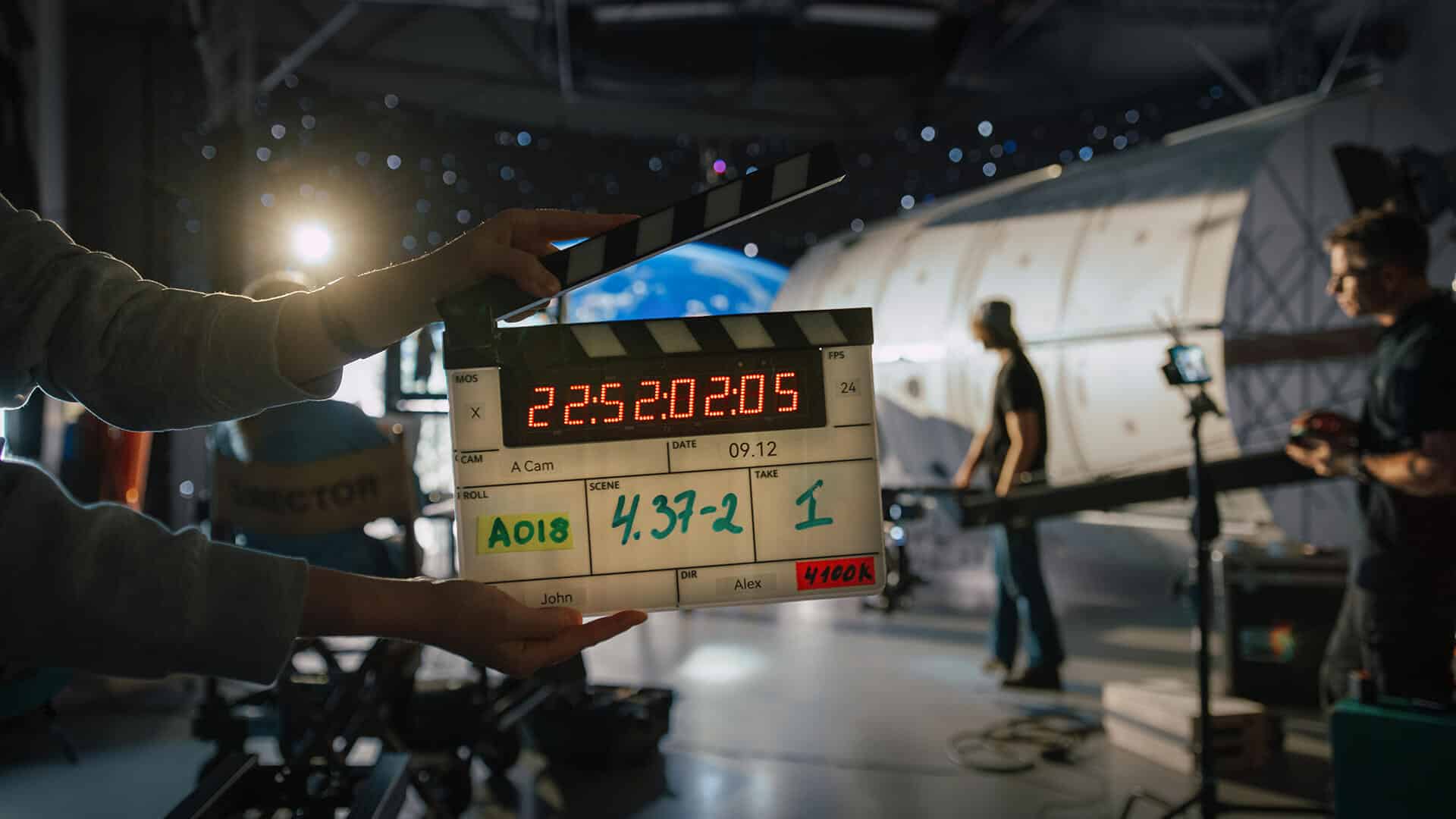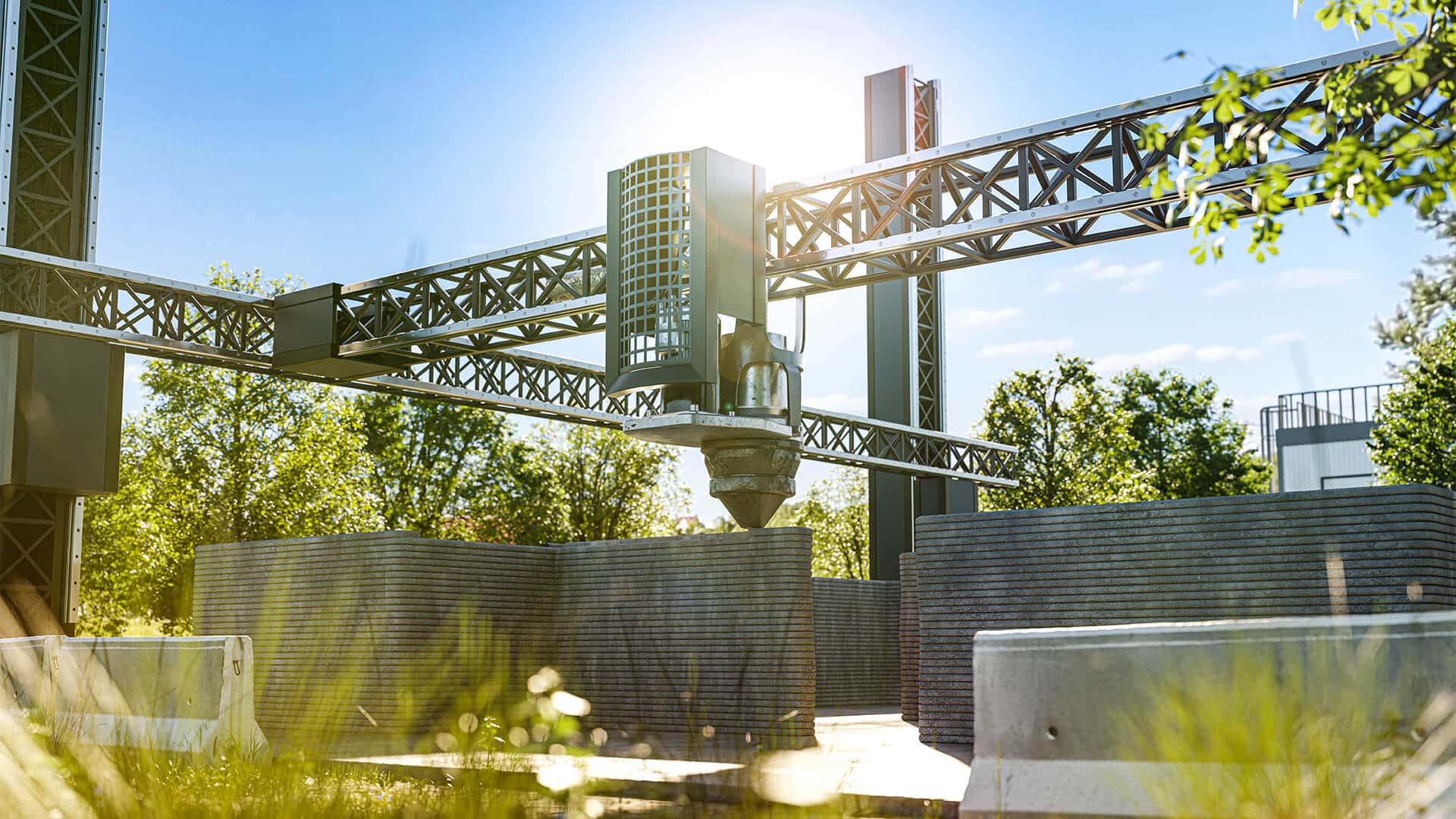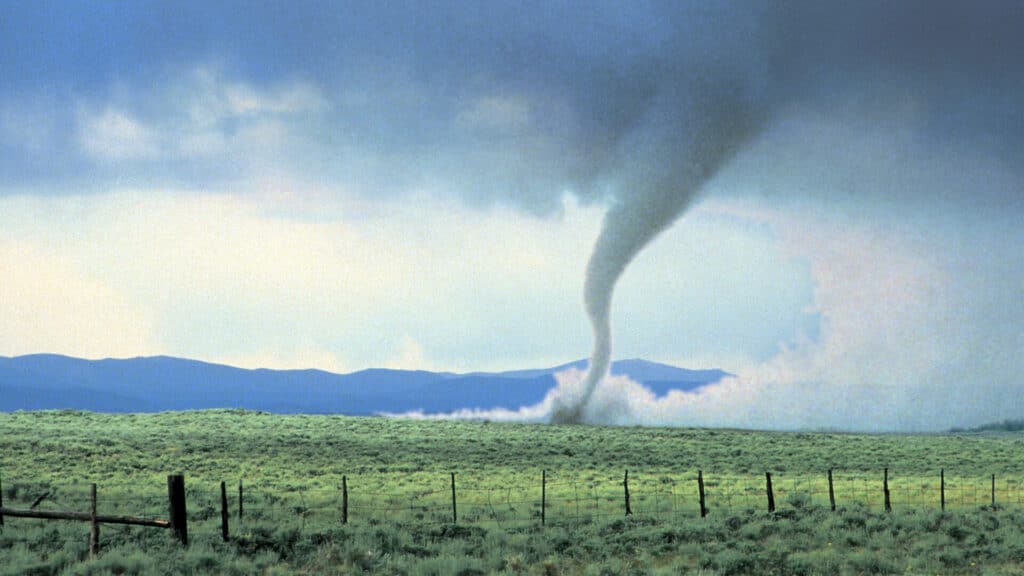Inflation might appear to be about high prices, but it’s actually about how prices for goods and services evolve over time. Think of it like noticing the cost of a hoodie at your favorite store jump from one year to the next, rather than stressing over the expense in that particular moment.
The Pandemic’s Impact: A Plot Twist in Economics
During the pandemic’s early stages, inflation drama kicked off with unexpected twists—fewer workers and major disruptions in product availability. This chaos was fueled by tangled shipping routes, closed childcare centers, and other pandemic-related issues. Meanwhile, pandemic-era stimulus checks left people with extra cash, all chasing the same items, pushing prices upward like a viral TikTok trend.
The Housing Market Heats Up
More recently, the focus of inflation has shifted to the cost of housing. With the pace of new home construction slow and older generations staying put, finding affordable housing has become as tough as scoring concert tickets at face value.
Cooling Inflation
Though inflation has retreated from its peak, it’s like a paused game—still there, just not advancing as quickly. We’ve seen some prices, like eggs and used cars, actually fall, but expecting a widespread drop is overly optimistic.
The Fed’s Role in Attaining Stability
The good news is that the U.S. has managed this economic turbulence relatively well, reducing inflation without triggering a recession or significant job losses—achieving what economists call a “soft landing.” It’s akin to pulling off a group project without any drama—ideal but rare.
The Road Ahead: Keeping Inflation in Check
The Federal Reserve aims to stabilize inflation at a comfortable 2%, using various tools to guide the economy to this target. The challenge isn’t just reaching this level but doing so without causing too much economic pain. The outlook is promising, suggesting we might soon reach this balance with minimal disruption.
Weathering Inflation With Smart Financial Strategies
As inflation continues to shape our economic landscape, think of managing your budget like navigating a fluctuating market. Much like you would change your driving style based on road conditions, adjusting your spending and saving habits in response to inflation can help you maintain financial stability. Prioritize essential spending, explore budget-friendly alternatives, and consider saving or investing to protect against inflation’s eroding effects. By staying informed and proactive, you can steer through these economic shifts more confidently, ensuring your financial goals remain on track even in turbulent times.











